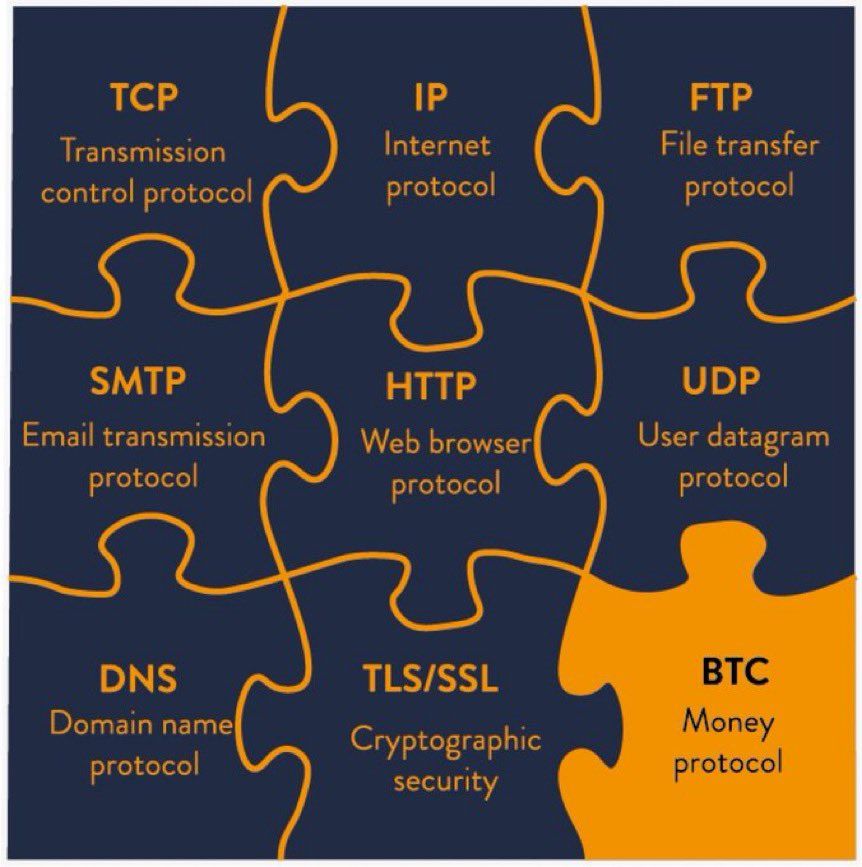With over a trillion in value being wiped out, there is a bloodbath in the crypto market with a lot of money "DISAPPEARING" or just "VANISHING". This market has upwards of 300 million users globally, and over 18,000 businesses accepting crypto as payment.

While commentary (as of 2nd July 2022) felt mostly superficial, it made me want to dive deeper into the situation:
- "Interesting. But the market is spread over 20,000 coins compared to the few thousand some years ago." and
- "Yes. It shows that more people are investing in cryptos in 2022, even though the market is terrible. I see that as a positive sign." and
- "No matter how many coins, they are still part of the total 896 billion no?"
SYSTEMIC RISK
By "systemic", I refer to the analysis of the systems, mechanisms, workflows, actors, drivers, incentives, motives etc. and how they are "interconnected" to create an operating environment in which activity happens.
By "systemic risk", I refer to the underlying risk across each of these systems, where an event can trigger another event in another area that in turn also starts another (so on and so forth....). This ultimately creates a broader sequence of events that "contagion" and evolve into an unstoppable "domino effect" that leaves "great destruction of value" in its path.
Otherwise said, systemic risk refers to the risk of a breakdown of an entire system rather than simply the failure of individual parts.
In this analysis, I look at the meltdown in crypto market value to date, spanning:
- Technical
- Market
- People
- Regulatory
TECHNICAL

- Crypto assets can be created too easily. As of March 2022, there are 18,465 cryptocurrencies, with an estimated 75$ billion traded daily. Of these, 10,363 are identified as "Legit" cryptocurrencies listed on the CoinMarketCap.com platform.

- Arguably, no one really understands the documentation accompanying the crypto value thesis. Using an example, while many cryptocurrencies have become household names over the past decade, Bitcoin consistently leads trading chart activity and holds the largest market cap. 95% of crypto holders/crypto-curious people are aware of Bitcoin. With 65% of crypto users owning Bitcoin, how many of them do you know that read, analysed, and understood the Bitcoin thesis?. How about other super common ones such as Dogecoin, Ethereum, XRP, Tera etc.?
- Together, Bitcoin and Etherium have a market cap of 3x the size of the rest of the top 20 cryptocurrencies combined. This means that when they "sneeze", the rest of the market "catches a cold" (contagion driver).
- Crypto assets can be bought and traded very easily (with a great deal of fine-print). As of March 2022, there are 476 cryptocurrency exchanges:

- Four of the top 20 cryptocurrencies are directly pegged to USD value - Tether, USD Coin, Binance USD and Terra USD. All of these went through a massive drop in value due to the inflationary activity around the USD currency.
- Crypto blockchains are mostly incompatible with each other, needing additional layers to make them "talk".
- Extra liquidity from "printing of money" or "injection of money" is correlatable to the increase in speculative investment, creating the incentive for crypto-asset bubbles.
- Hype-driven activity in retail based on "perception of technical capability" v.s. "real application of technology" (An available product that works to spec and expectation, transparently, and is being adopted and used in the world). (e.g. XRP, SOL utility v.s. Dogecoin???).
- Technical limitations still driving high-transaction fees --> Limits adoption.
- Security v.s. Gambling. In securities, you conceptually have a "secure underlying asset". This is not in play in most crypto cases that I know of, so arguable current crypto activity is mostly "Gambling", not "Investing".
Otherwise said, crypto price growth is not linked to the increase in value by the product or adopted utility of the product (real-use, reasonable cost of transactions, high-speed of transactions etc.).
MARKET
- Wider economic threats continue to drive volatility and uncertainty across the broader financial markets. This includes the war in Europe, soaring inflation, and expectations of a recession being formally announced.
- In the last quarter, we saw trillions in crypto value torched.
- The single most crucial crypto feature was the first to get thrown away, i.e. TRANSPARENCY.

- The level of grift that happened in this market is extreme spanning pump and dumps, NFT phishing scams, loan scams, rug pulls etc. Research by Interlock Network indicates crypto-currency-based crime growing at 516% from 2020 to 2021 alone!

While the marketing of crypto is built on "transparency of on-chain activity", when we now can see too much activity happening "off-chain".

"If someone says you can make a guaranteed 20% a year return, let alone 10% a month, it's a scam" - Jason Calacanis
Otherwise said, like everything in such situations, the good went down with the bad.
PEOPLE BEING PEOPLE
- 3.9% of the global population trades cryptocurrency.

- Limited understanding of how crypto chain-of-custody works (e.g. ownership of keys vs custodial transfer of keys).
- Heavy engagement driven by an intense Fear Of Missing Out (FOMO). Otherwise said, you buy because others are buying.
- Thinking you own bitcoin when you do not (transferring your keys to a custodial account).
- Lending bitcoin under an investment thesis for huge returns (Ponzi scheme activities)

- Clear evidence of Entities either over leveraging crypto assets, mismanaging risk, or not holding to their advertised "investment mandate".
- Not able to find their "money" because they transferred their "crypto keys" to "custodial accounts" that in turn operated in "off-chain" operations.
- People are outright getting scammed without recourse.
- People buying/trading crypto assets as a function of "Tweets by Mr X"
- Value of crypto assets as a function of each other, e.g. Etherium variances as a function of Bitcoin activity, and their ripple effect on other coins.
REGULATORY
- Lack of local and global regulatory oversight (also applicable to Exchanges).
- Exchanges identified as the honeypots for off-chain activity.
- Lack of enforceable contracts.
- Zero oversight of traditionally "illegal" activities (in financially regulated spaces), introducing widespread systemic risk into the system.
Otherwise said, the systems we use are built over other systems that are built over other systems, which, when looked at together, indicate broadly unmanaged AND misunderstood systemic risk models.
NEXT STEPS/FUTURE
- Fear, Uncertainty and Doubt are the words of the day
- Indicators are that equity markets need to rebase for "cash injections", "cash printing", "earnings and ongoing profitability/sustainability", "inflation", and "expected new-norm margins".
- Crypto markets need to adjust for these same things TOO!
- Crypto NEEDS to be regulated as a security for the world to identify the real "security value" behind it. It can and will happen. I doubt it is at the pace people expected.
- Investors need to learn that the utility of a technology platform in the future does not necessarily dictate what the present pricing should be (unless you are into speculation)
- Investors will become better at evaluating the utility and value of crypto assets based on the level of progress in the tech space, the usage/adoption, the customers, use cases etc.
WHAT THIS MEANS TO ME:
In the short-term, we will see:
- Continued brutal "cleanup" of low-value assets and asset bubbles.
- Consolidation of established operations (e.g. the expected Sam Bankman-Fried (FTX) buying out BlockFi and Voyager Digital at 99% haircut). This will drive towards an initial consolidation needed to achieve a set of broadly "accepted standards" and streamlined "ways of transacting" and "operating principles" the industry agrees on.
- An acceleration of regulatory structures introduced for "safer" crypto operations.
- We will get better at managing this new systemic risk, especially in an environment where tech is taking over. In these situations, the solution will lie in understanding the product, adoption and usage in real-use cases as validated by the market
"Trust the founder, but believe the product and customers", Jason Calacanis
In the longer term, people will learn to look towards crypto environments and tokens as "critical tools" and "equipment" that enable them to transact payments securely, and globally as part of a broader fintech revolution in the financial services space.

We will think of them in the same way as "HTTP/S" or "TCP/IP" where the following terms will be added to the tooling set "BLOCKCHAIN", "AI", "INTERNET OF THINGS", "ENCRYPTION", "NFTs" etc. In the grand scheme of things, no one will really know HOW they work but will know how to APPLY their capabilities within a regulated capability and environment to achieve INTENDED OUTCOMES.







